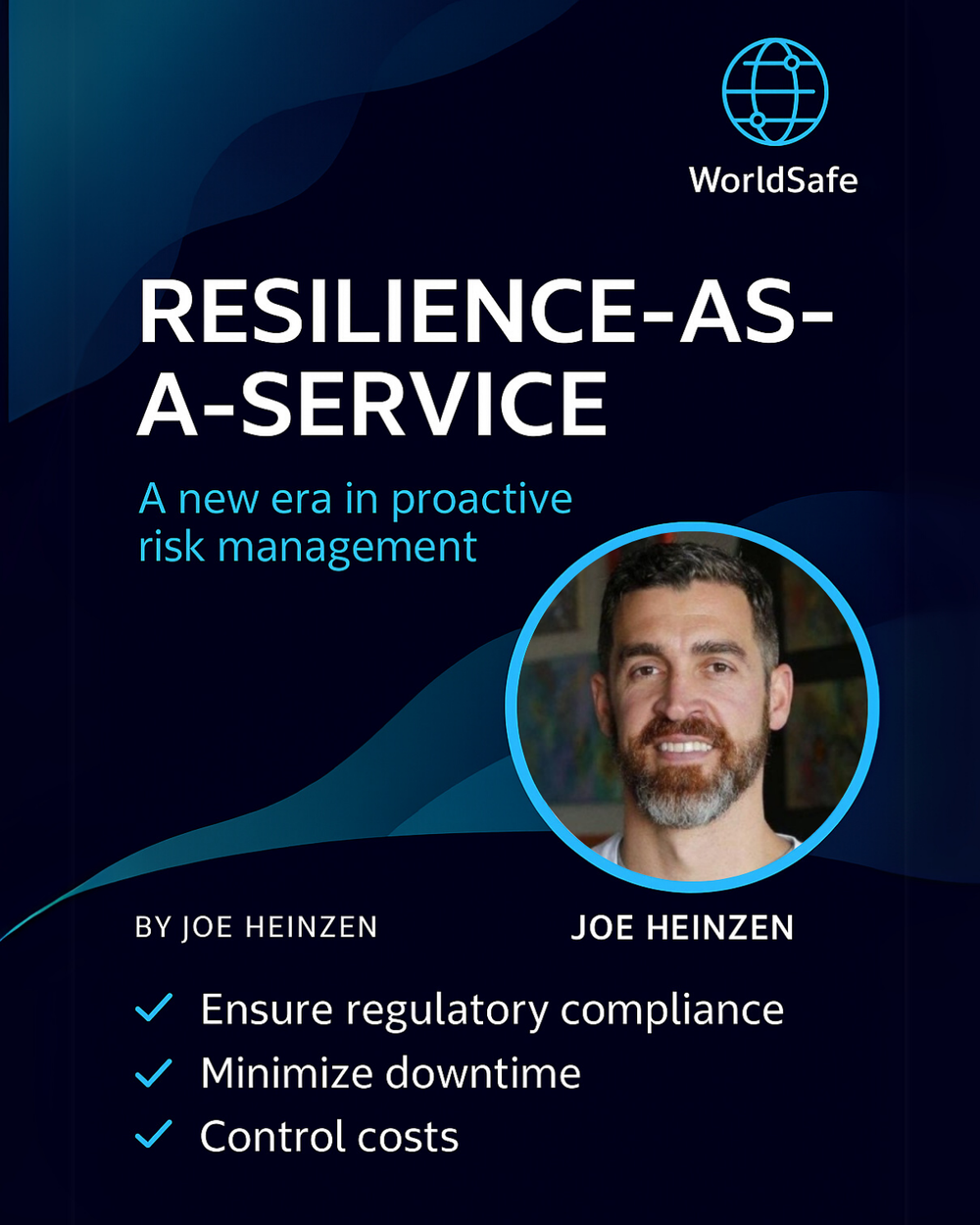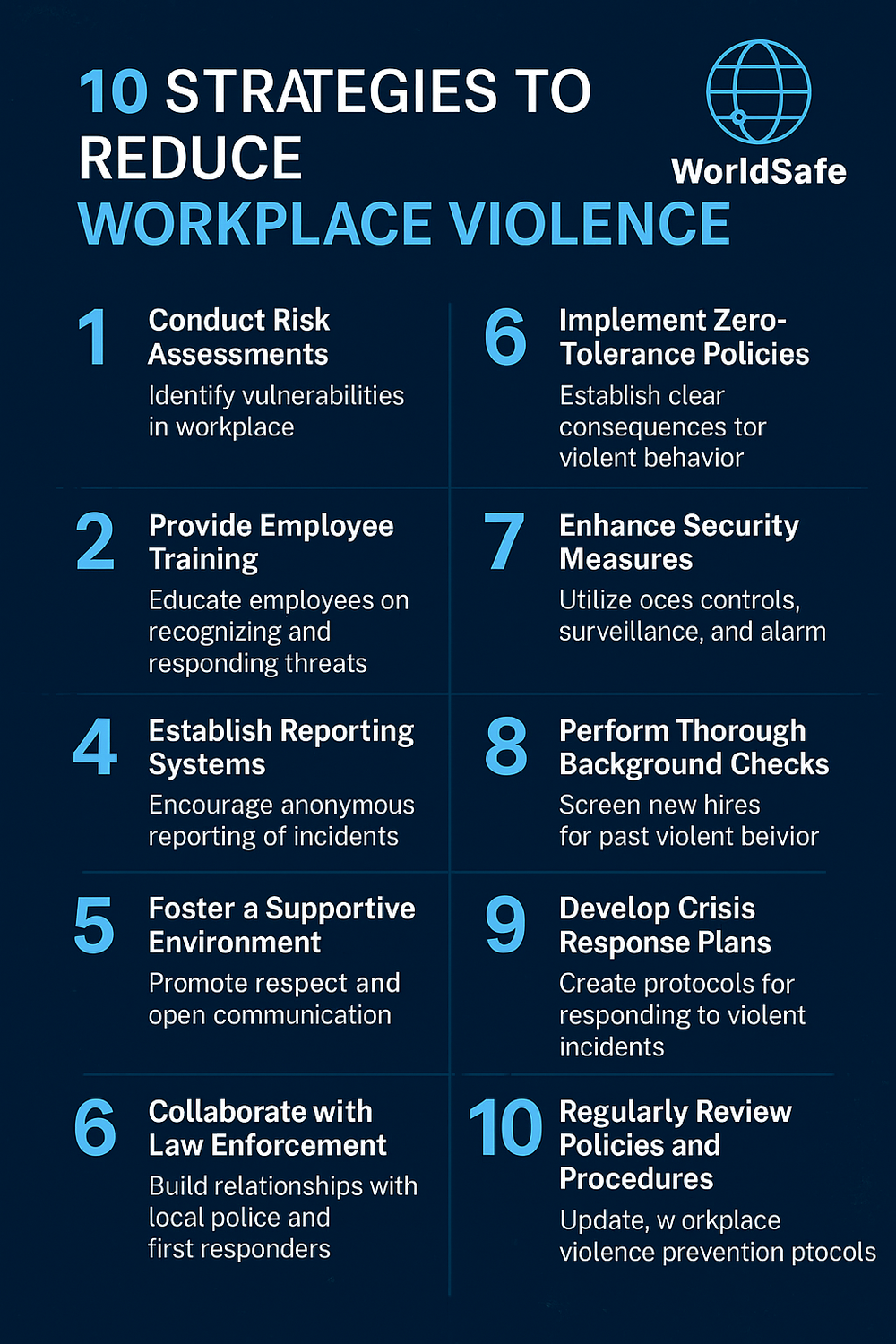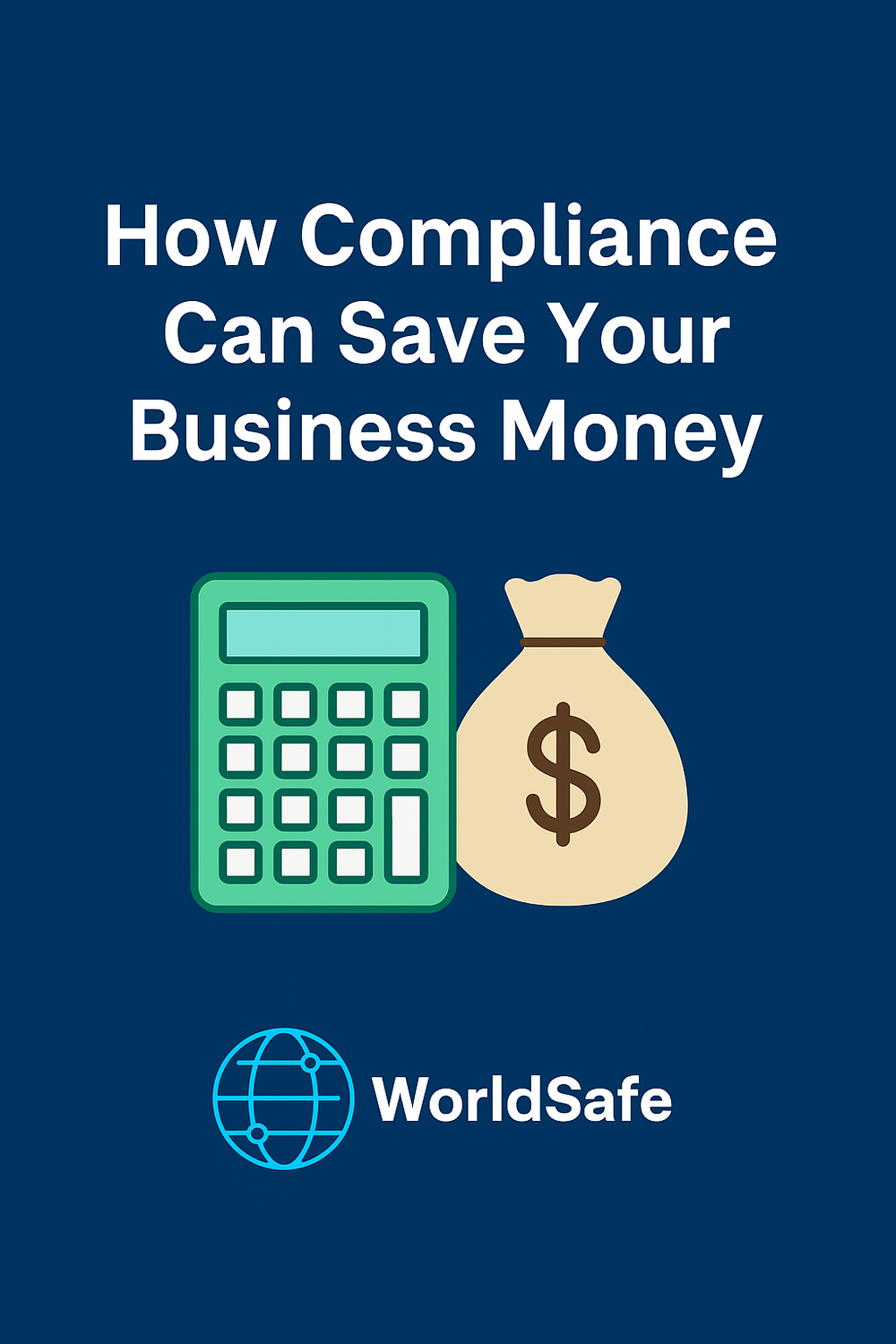Resilience-as-a-Service: A Groundbreaking Approach to Security Compliance and Risk Mitigation
The Urgency of Resilience in 2025 In today’s volatile environment, physical and operational security can no longer be treated as a checkbox...
4 min read
Joe Heinzen : April 2, 2025

A few years back, I walked into a facility that had all the right gear—cameras, access control, digital systems. On paper, they were compliant. But after 15 minutes inside, I saw gaps no checklist could catch: blind spots in camera placement, employees unsure of lockdown protocols, an emergency exit blocked by stacked boxes.
They thought they were covered—but they weren’t prepared.
It reminded me of the early days of my career working national security ops: the plans looked perfect until we hit real pressure. That moment became one of the driving forces behind WorldSafe. Not just to help organizations “check the box,” but to make sure their compliance actually works when it matters most.
This blog isn’t just about regulations. It’s about what compliance means in the real world—and how to build safety programs that hold up under stress.
In today’s high-risk landscape, compliance isn’t just about checking boxes—it’s a critical layer of your organization’s defense strategy. From healthcare and finance to education, manufacturing, and logistics, security regulations have evolved to meet the demands of an increasingly complex and dangerous world.
But with a patchwork of federal, state, and industry-specific regulations, staying compliant can feel overwhelming. Missed details can expose organizations to legal penalties, reputational harm, and even loss of life. That’s why leading companies and institutions are turning to trusted partners like WorldSafe to help align security strategy with evolving regulations—and build real resilience.
In this blog, we’ll explore:
The top security regulations you need to know
Compliance risks by industry
Steps to assess and improve your compliance posture
How WorldSafe’s Resilience-as-a-Service (RaaS) keeps you ahead
We all know compliance is essential. But here’s the truth: most regulations were written to outline the minimum acceptable standards, not necessarily the best practices for real-world risk.
According to the Ponemon Institute, non-compliance costs organizations an average of $14.8 million annually. But the hidden cost? The false sense of security that comes with assuming your binder full of policies is enough. What what most do not know is that aligned compliance programs reduce the cost and impact of security incidents by up to 35%.
Whether you’re running a school, hospital, bank, or logistics hub—security compliance should be more than a risk-avoidance tactic. It should be a resilience advantage. If you're managing a distribution center or a healthcare system, compliance with physical security regulations and emergency preparedness standards ensures:
Regulatory approval and funding eligibility
Reduced insurance premiums
Lawsuit mitigation and crisis response capability
Protection of employees, customers, students, and data
Every industry faces unique compliance requirements—and challenges. Here are key regulations every security-conscious leader must understand:
HIPAA (Health Insurance Portability and Accountability Act) mandates protection of patient data and facility access control.
The Joint Commission
DEA Diversion Control Division guidelines protect controlled substances within healthcare and pharmaceutical facilities.
FFIEC (Federal Financial Institutions Examination Council)
GLBA (Gramm-Leach-Bliley Act)
PCI DSS (Payment Card Industry Data Security Standard) impacts any entity processing payment data, including physical site protections.
School districts and universities must comply with local laws and recommendations from the Department of Homeland Security (DHS) regarding campus access, emergency drills, and threat response.
Many states now require
🔗 DHS K-12 School Security Guide
OSHA (Occupational Safety and Health Administration) mandates safe work environments, including training, facility layout, and emergency procedures.
EPA (Environmental Protection Agency) oversees hazardous material storage and transport.
CFATS (Chemical Facility Anti-Terrorism Standards) apply to facilities handling high-risk chemicals.
🔗 OSHA Safety and Health Regulations
The National Infrastructure Protection Plan (NIPP) guides sectors in
CISA (Cybersecurity and Infrastructure Security Agency) offers extensive threat detection and emergency readiness resources.
🔗 CISA Critical Infrastructure Resources
Here’s what I’ve seen time and time again:
🚫 Policies on paper that staff don’t know how to follow
🚫 Outdated risk assessments that don’t reflect real threats
🚫 Emergency plans that were written once - and never tested
🚫 Physical security systems installed but never integrated
Compliance isn’t a binder. It’s a mindset.
Without an ongoing process to assess and update your security program, compliance lapses are inevitable.
Here’s what I recommend to any leader, whether you’re running a single-site school or a multi-campus healthcare system:
Start with an HONEST Risk Assessment
Get eyes on your real vulnerabilities. Not just what you think they are—but what trained experts see when they walk your site. Review your access points, surveillance systems, policies, and emergency response plans. Find a third-party agency that delivers comprehensive audits tailored to your facility type.
Match Your Risk to the Regulations That Apply
HIPAA, OSHA, FFIEC, GLBA—don’t guess. Understand what governs your operations and where your gaps are. Identify which federal, state, and industry regulations apply. Map these requirements to facility-specific policies.
Document Plans That Work in Practice
If your active shooter plan is 80 pages long, no one’s reading it during a crisis. Create clear, actionable procedures. Compliance demands more than good intentions. Your response plans should be documented, practiced, and reviewed regularly.
Train the People Who’ll Make the Difference
Your team—not your policies—will carry you through the first five minutes of an incident. Train them well. Whether it's de-escalation training, active shooter response, or visitor management, your staff must understand and follow protocols.
Certify and Refresh Annually
Use third-party validation to hold yourself accountable. Not for vanity—but to make sure your standards evolve as threats evolve. WorldSafe provides annual certification as part of our Resilience-as-a-Service (RaaS) program to show your commitment to safety and compliance.
Every industry is facing increased pressure to prevent threats and prove preparedness. But when it comes to security regulations, the stakes are too high for guesswork. The challenge with compliance is that it never ends. Regulations change. People change. Threats change.
That’s why we created Resilience-as-a-Service. It’s not a product pitch—it’s a commitment to being your partner in preparedness, all year long.
We do this work because we’ve lived the cost of getting it wrong. Our team comes from law enforcement, military, public safety, and corporate security—and we know what it takes to keep people and operations protected:
✔ Build security policies aligned with your regulatory environment
✔ Implement solutions that work in real-world settings
✔ Train your teams for high-pressure scenarios
✔ Pass inspections, reduce liabilities, and earn trust
If you’ve read this far, here’s the takeaway I’d share over coffee:
When done right, compliance isn’t a burden. It’s a sign that you take your people seriously. That you’re prepared. That your organization is built to last.
And if you need help getting there—that’s why we’re here.
Let’s stay ready,
CEO, WorldSafe
Ready to turn security compliance into a strength—not a struggle? WorldSafe is here to help.

The Urgency of Resilience in 2025 In today’s volatile environment, physical and operational security can no longer be treated as a checkbox...

Workplace violence is on the rise across the United States, with healthcare settings hit especially hard. Nearly 2 million U.S. workers fall victim...

In today’s high-risk environment, physical security compliance isn’t just about checking boxes—it’s a smart business decision. Especially in...